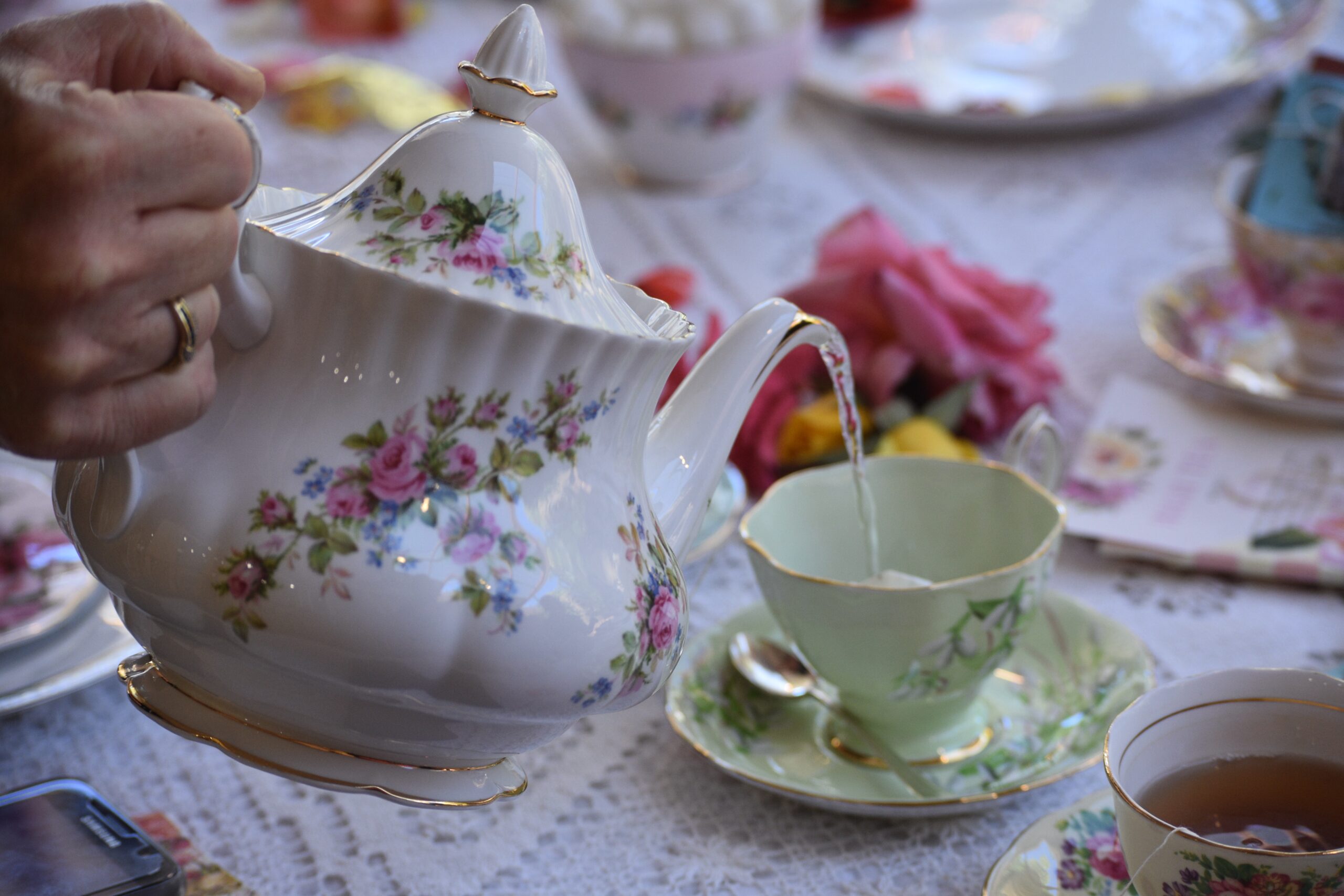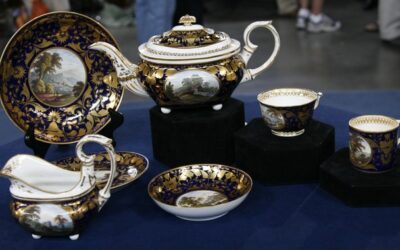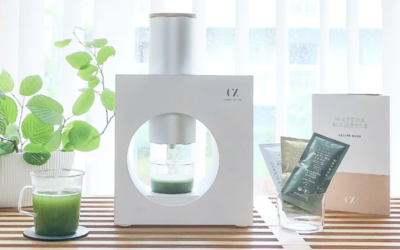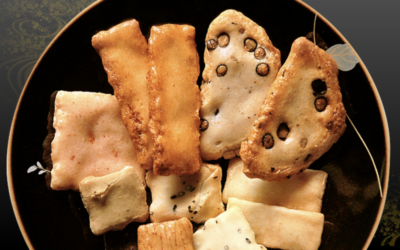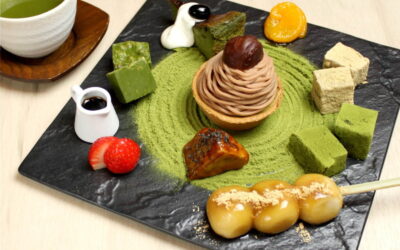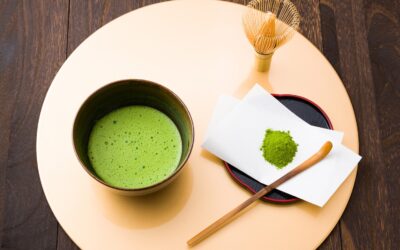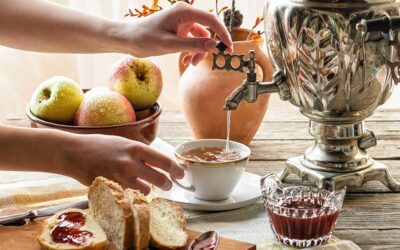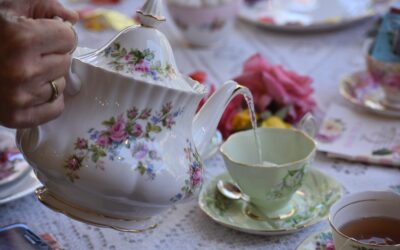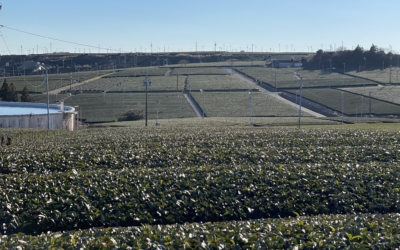We believe that tea is an all-around tool that gives us many Wellness-related benefits.
Brewing good tea is exactly the same as earning the right to get this benefit. In this section, we will describe three key points for making good tea. We hope you will try to acquire these skills in your own way.
The Water
When brewing tea, what kind of water do you use? Tap water or mineral water?
It is said that water quality can change the taste of tea.
Tap water should be filtered before use
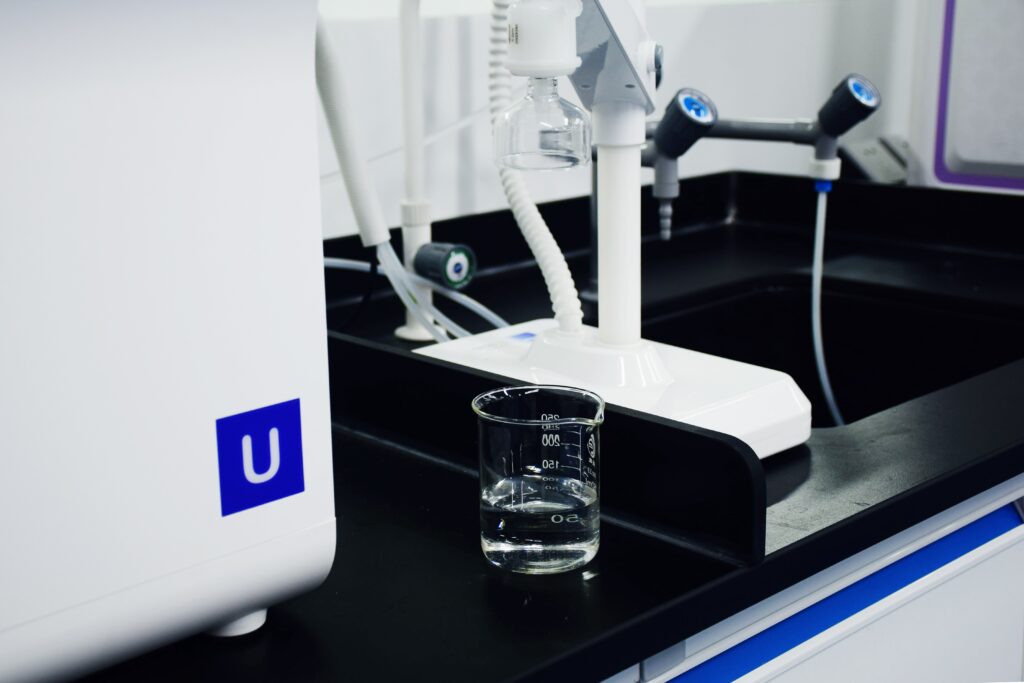
Depending on the country or region, tap water may or may not be drinkable. Drinkable water is usually disinfected with chlorine (chalk), which is likely to have a negative effect on the aroma and taste of tea.
Water containing chlorine can be removed by boiling it once or filtering it using a water purifier. Use water that has been cleaned of chlorine and impurities to brew tea.
Choose Soft Water
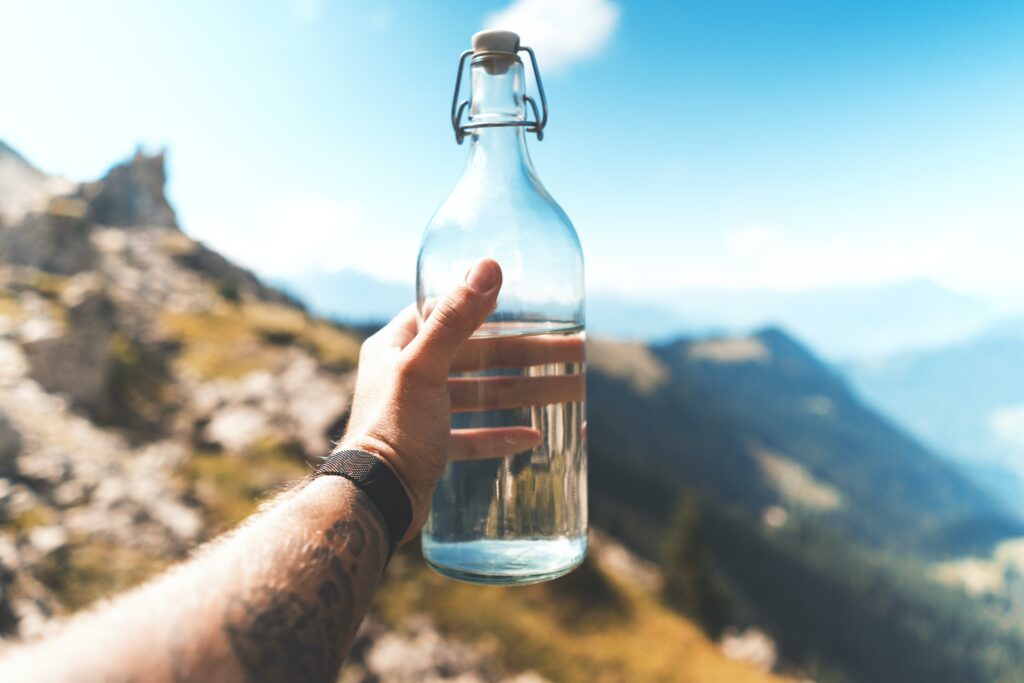
Water contains mainly calcium and magnesium ions, and the amount of calcium and magnesium dissolved in 1000ml of water is called “hardness”.
According to the WHO standard, water with a hardness of 60mg/L or less is soft water, while water with a hardness of 180mg/L or more is hard water.
When hard water is used for tea, the calcium and magnesium in the water react chemically with tannin, one of the elements of tea color and flavor, causing the water color to darken and the astringency and depth of flavor to be inadequately extracted.
Therefore, soft water is best for brewing good tea.
In Japan, due to the topography and geology of the country, the residence time of water underground is short, which produces soft water with less minerals. Therefore, whether it is tap water or mineral water, it is suitable for tea.
Temperature, Time, and Amount
The taste of tea depends on how to bring out the astringency and sweetness of the tea leaves. In order to achieve this, the temperature of the water, the steeping time, and the amount of tea leaves need to be controlled according to the type of tea leaves, but once you get used to it, you can enjoy brewing tea freely.
The temperature of hot water that efficiently brings out the flavor and ingredients of tea
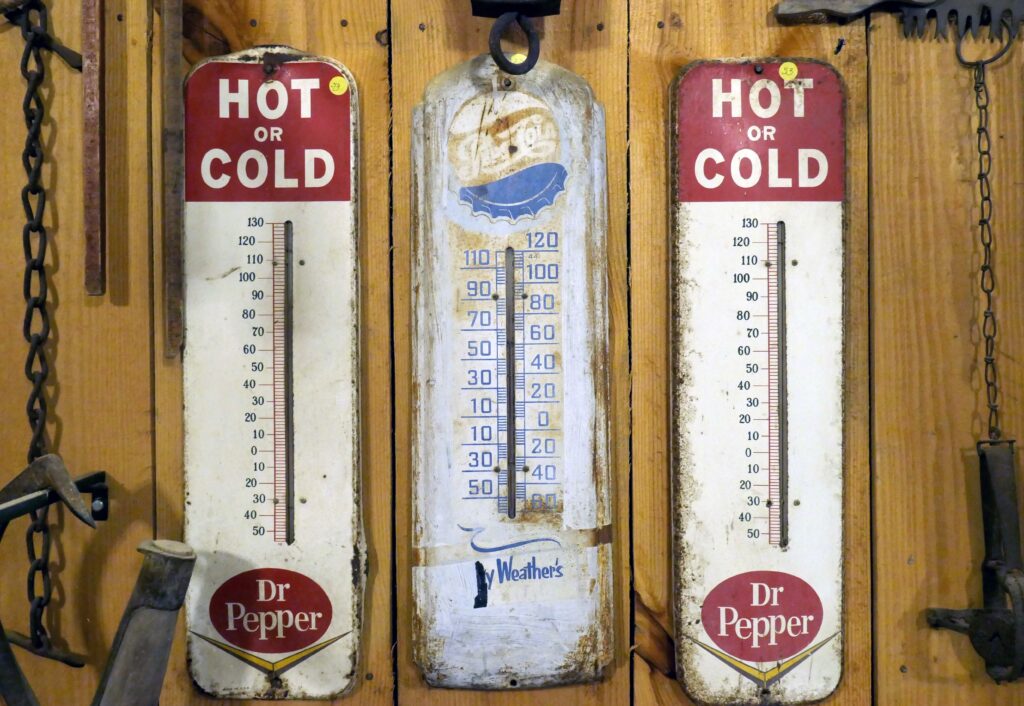
The temperature of the water is an important factor in bringing out the flavor of the tea, because the flavor components of the tea that leach out vary depending on the temperature of the water.
For example, Catechins, the astringent component, are easily dissolved at a high temperature of 80℃ or higher, while amino acids, the Umami component, are easily dissolved at a low temperature of 50℃ or higher.
Sencha is brewed at 70-80℃ in order to reduce astringency and bring out the flavor components, while Gyokuro is brewed at a lower temperature of about 50℃ in order to bring out the flavor components. On the other hand, Genmaicha, Hojicha, Chinese tea, and black tea, which are characterized by their aroma, are brewed with boiling water at 100℃ to extract the aroma and astringent components.
Steeping time
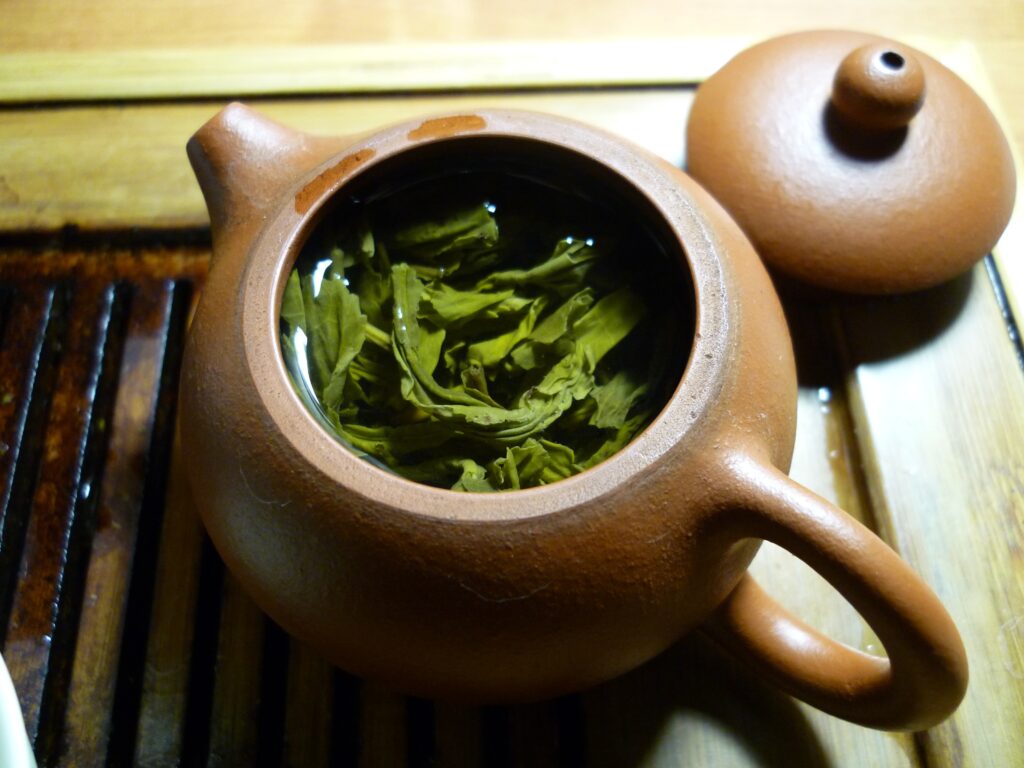
If the steeping time is wrong, no matter how high quality the tea leaves are, the flavor will be thin or extremely astringent.
In general, black tea requires a longer steeping time of 2 to 5 minutes, while sencha requires a shorter steeping time of 30 to 90 seconds. However, this time is only a guide and will vary depending on the type and amount of tea leaves.
It is best to experiment with different teas to find the best steeping time for you.
Teapots
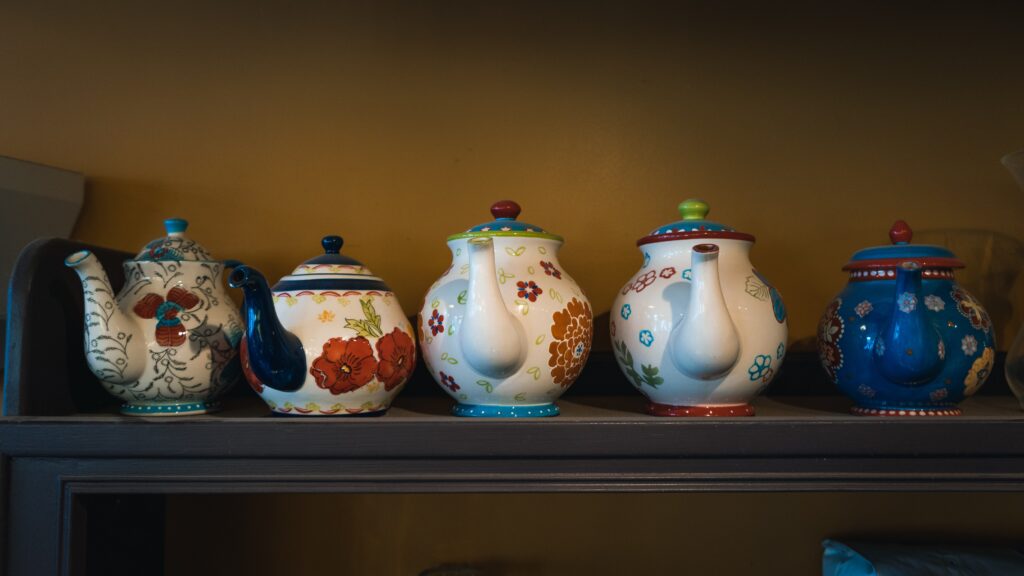
The Materials make more of a difference in function than in design
The main materials used for teapots are ceramic, porcelain, glass, and stainless steel. Each of these materials has its own characteristics, which makes the design quite different.
However, more than the design, there is also a big difference in functionality, so you need to choose the right one for your situation.
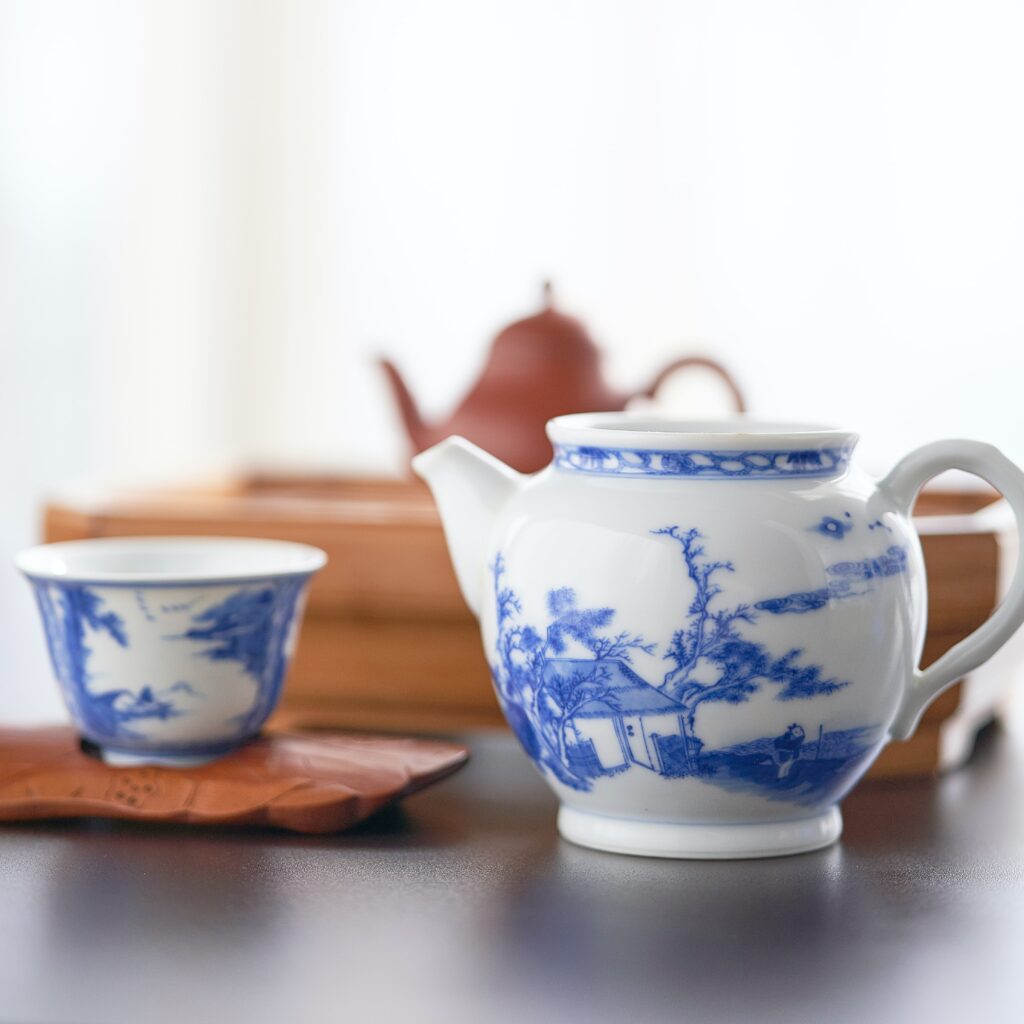
Pottery and porcelain have been used as materials for teapots since ancient times, both in the East and the West. Particularly in the West, hard porcelain teapots were a luxury item and an essential item for housewives of upper class families to entertain guests and show the prestige of their house. Even today, there are luxury brands such as Meissen and Royal Copenhagen, and there are also some pieces that are treasured as antiques.
These teapots are thicker and have excellent moisture retention properties to prevent heat transfer. Since they can maintain the temperature for a long time, they are useful for tea parties where guests are entertained, along with their gorgeous designs.
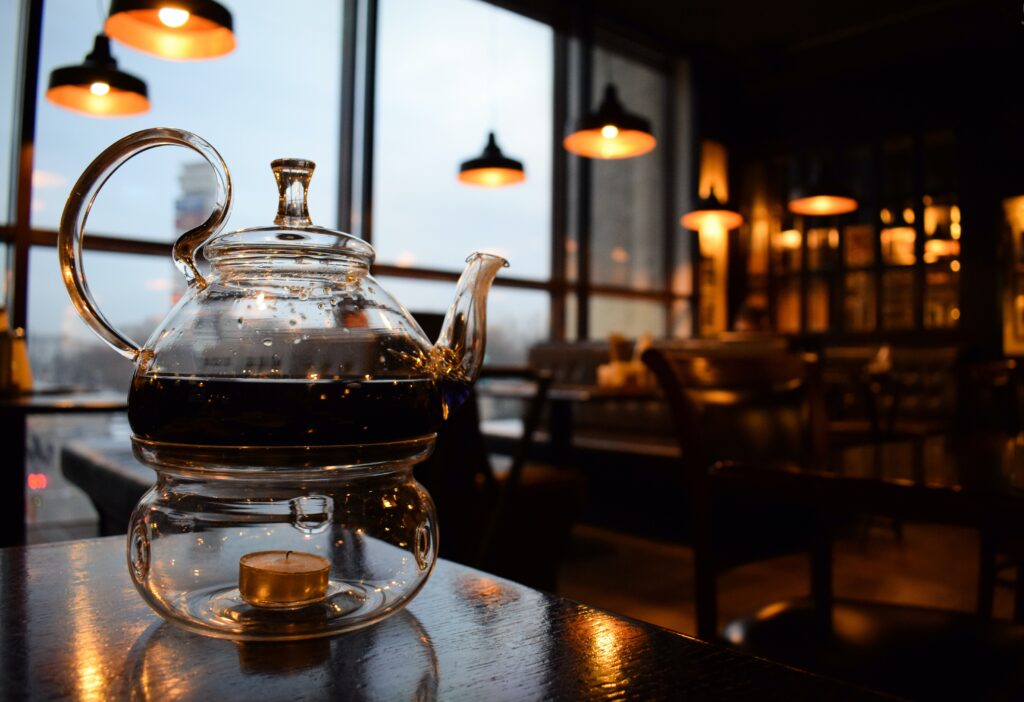
In recent years, the number of households with glass teapots has been increasing. The best feature of glass teapots is that you can directly see and enjoy the color of the tea and the movement of the tea leaves. However, it has the disadvantage that it tends to get cold easily, so it is necessary to use a candle to warm it up.
A shape that allows the tea leaves to circulate is recommended
“Jumping” is one of the most important factors in the taste of tea. “Jumping” is the phenomenon of tea leaves floating and sinking when hot water is poured into a teapot. The tea leaves are able to circulate in the teapot, which brings out the full flavor of the tea.
The shape of the pot is important to cause this “jumping”. The rounder the shape, the more the tea leaves can circulate.
However, even if the pot is round, it will not be able to circulate a sufficiently small amount of water. It is also important that the size of the pot is suitable for the amount of tea you will be pouring.

